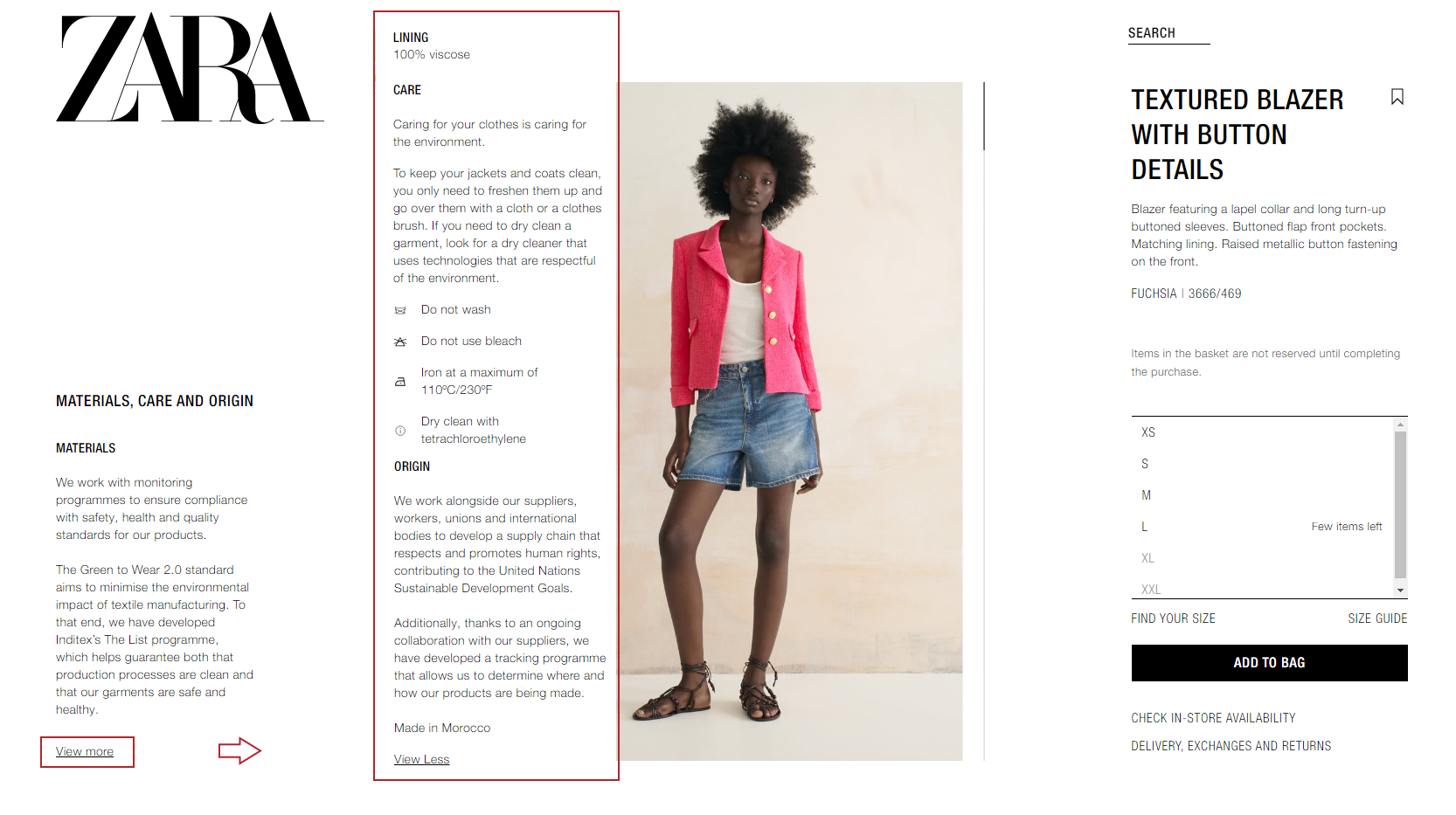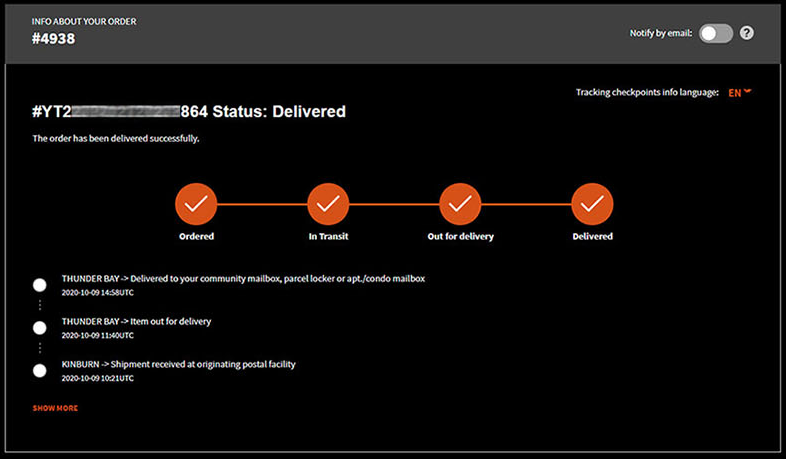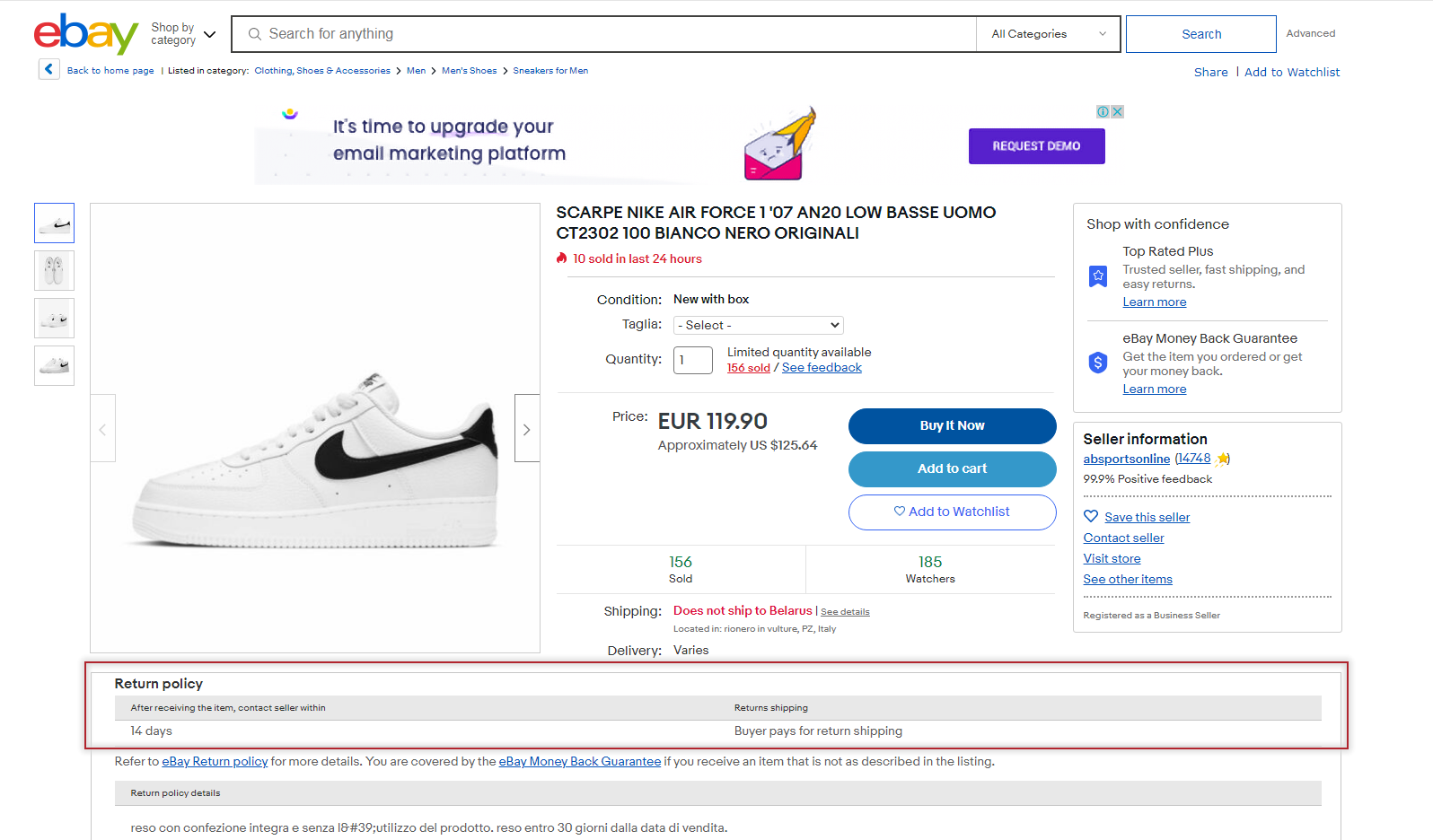ECommerce business has to deal with people's feelings and emotions, as they have a direct impact on sales. The regret and dissatisfaction are not the feelings you want your business (and anything related to it) to evoke. However, post purchase dissonance is a common cognitive dissonance customers experience when buying a product.
Approximately 10% of consumer-spent money is wasted on regretted purchases [source]
In this article, we’ll try to figure out what post purchase dissonance is and how it can affect your business.
What is post purchase dissonance?
Post purchase dissonance (or post purchase cognitive dissonance) occurs when a customer feels dissatisfied or regrets about the purchase done. To the main causes of this cognitive dissonance belong more in-depth research of available options or the current mental state of the customer.
According to our research, 69% of internet customers have already experienced post purchase dissonance. Among the reasons for this internal conflict customers distinguish the following ones:
- Customer finds out better pricing or quality option;
- Customer is disappointed with the product quality, color, size or other characteristics;
- It was an impulsive purchase;
- The company doesn’t provide a good after-purchase service;
- Customer receives damaged or not matching the description product.
The reasons for post purchase dissonance can be different, but it’s important to incorporate several practices to reduce it as much as possible. Because the consequences it may bring can harm your brand reputation and sales.
Post purchase dissonance examples
To create a plan for reducing post purchase dissonance, you’ll need to better understand when customers experience it and its consequences as indicators for merchants that customers regret about the purchase and will be less likely to buy anything else from this online store.
- Customer makes a return or cancels subscription.
What can better show that a customer is dissatisfied with the product or service than a return? In fact, return is the first thing customers think about when they have a cognitive dissonance about the purchase. According to the National Retail Federation (NRF) survey, the average return rate in 2021 was 16.6%, and it is expected to grow in 2022. Although returns are an important option to contribute to building trusting relationships with customers, the high return rate can show you that there’s area for improvements in your service or products.
The post purchase behavior of customers using subscriptions has one more important peculiarity - together with the return they cancel the subscription. If these two events are correlated, it can indicate that customers had a bad post purchase experience and don’t want to continue using the service.
2. Customer contacts support.
A gentle way to learn about post purchase dissonance is through support tickets. If a customer asks “Where is my order? I’m tired of waiting for it” or “How can I get a refund?” - it means they had a bad after purchase experience. The good news is that your support team can reassure them and resolve the issues customers have faced.
3. Customer writes a negative review.
Customers don’t hesitate to share their bad experience in comments. First of all, this way store owners will definitely and quickly find out that their service left the buyer unsatisfied. Reviews and comments are also an open area to express your feelings loudly, share your opinion about the product and find supporters.
But don’t worry a lot if your products get some negative reviews. Sometimes they work in your favor (of course in this case the majority of reviews should be positive). Often customers look for negative reviews to get opinions from all angles. They also may find the mentioned disadvantages inconsequential for their case, so negative reviews are not always critical for your business.
4. Customers never purchase from the store anymore.
It is one of the most disappointing reasons of post purchase dissonance. The fact that to acquire a new customer costs 5-25x more than to encourage the existing ones to purchase more shows off how undesirable this situation is.
Of course, not only can post purchase experience affect the retention rate, but it definitely may be one of the reasons. That’s why it’s important to analyze sales performance, ask for feedback and improve your products and services from time to time.
How to reduce post purchase dissonance?
Although post purchase dissonance can lead to undesirable consequences, only 20% of eCommerce businesses take some actions to reduce it and improve their service. And it's their great mistake.
Of course, you can’t stop people from regretting impulsive purchases, but you can do your best to provide your customers with the highest quality products and after-purchase service. Below you can find 5 best ways to minimize post purchase dissonance.
- Provide all necessary information about the product
There’s a type of customer, who wants to know as much information about the product as possible. And as a merchant you can provide all the necessary details and be transparent about your products. In this case shoppers will have a clear understanding of what they are going to buy and how they can use it.
Not to distract shoppers from the main information, it’s recommended to add details via related blog posts, downloadable materials, FAQs or additional videos.

2. Give relevant shipping/delivery information
Shipping and delivery play an exceptional role in after purchase service. After completing the order, customers are looking forward to receiving their order and become disappointed if it doesn’t come on the estimated delivery date.
The delays in delivery are unpleasant conditions that almost any business has to face sooner or later. Unfortunately, in some cases you can’t do anything about customer dissatisfaction. For example, when a product purchased was assumed to be a gift, but it didn’t come on time. But in other cases, you can prevent a lot of customers from experiencing cognitive dissonance by being transparent about shipping and delivery.
To minimize customers discontent, give them real-time information about the package status and current location with ParcelTrackr. It allows merchants to track updates from more than 900 carriers, create a tracking page on the website and send automatic email notifications about the status change to customers. With it shoppers have clear post purchase expectations and business maintains a great brand reputation.

3. Build steady communication
In 2022 customers expect to receive all the order information via email or SMS. It gives them a sense of security that this business will fulfill its obligations and deliver the purchased product to them. With steady communication customers are unlikely to go straight to write a negative review, but connect the support and discuss their problem and find a solution.
Together with better customer service, communication helps to increase customer retention rate and run personalized promotions. It’s the best way to build trusting relationships and win customer loyalty.
4. Provide a clear Return Policy
If you really want to reduce post purchase dissonance, then pay special attention to the Return Policy. Firstly, try not to deprive your customers of an opportunity to return products. They may be defective, damaged or just unfit. Who will be happy to have a broken lamp or red jeans when they’ve ordered blue?
The next important thing is to make the Return Policy visible and accessible in your store. Informed about the terms of return, customers will be more confident and calm about the purchase. You can add links to the Return Policy in a few visible sections on your site: it may be footer, homepage, FAQ, at the bottom of each product page, etc.

5. Analyze the weak points
The best way to understand what can frustrate customers is to anticipate things that might or did go wrong. Analyzing every step of the shoppers journey will help you understand what kind of challenges they have to face and how to simplify it.
One more thing to help you in customer understanding is direct feedback from a customer. When you ask for feedback you not only get important insights you may need to improve your customer service, but also show buyers that their opinion matters. It gives them a feeling that they deal with a reputable brand they can trust later on, and reduces dissonance.

Conclusion
Post purchase dissonance can have unpleasant consequences for any brand, but a set of measures can reduce it to a minimum. Provide your customers with perfect service, and they will pay you back with loyalty and boosted sales!





